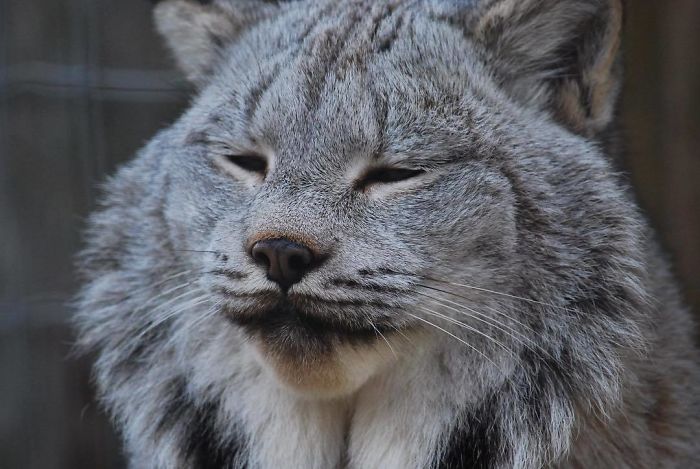The Canada lynx is a cute and cuddly-looking creature with a compact body, long legs, and a small tail. However, don’t be fooled by its appearance – this boreal predator is a true wild animal. The Canada lynx prefers to reside in forested regions and tends to build their dens beneath fallen trees, rock ledges, or thick bushes. They are also territorial creatures, with male lynxes usually living in solitude.

The credit for the image goes to “focused_on_canada”.
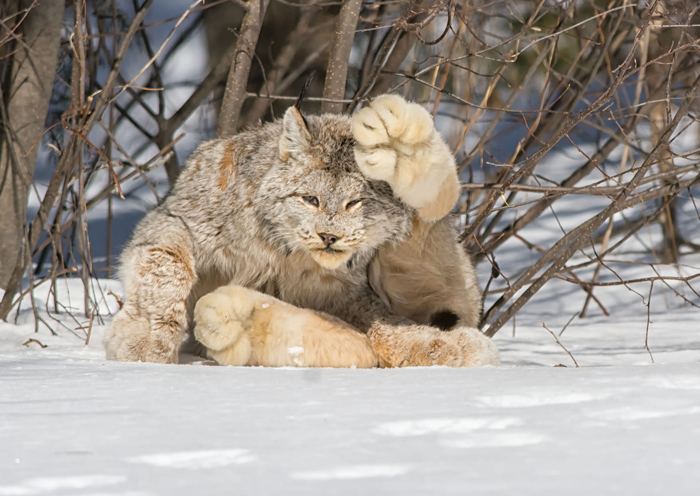
Credit for the image goes to Les Piccolo.
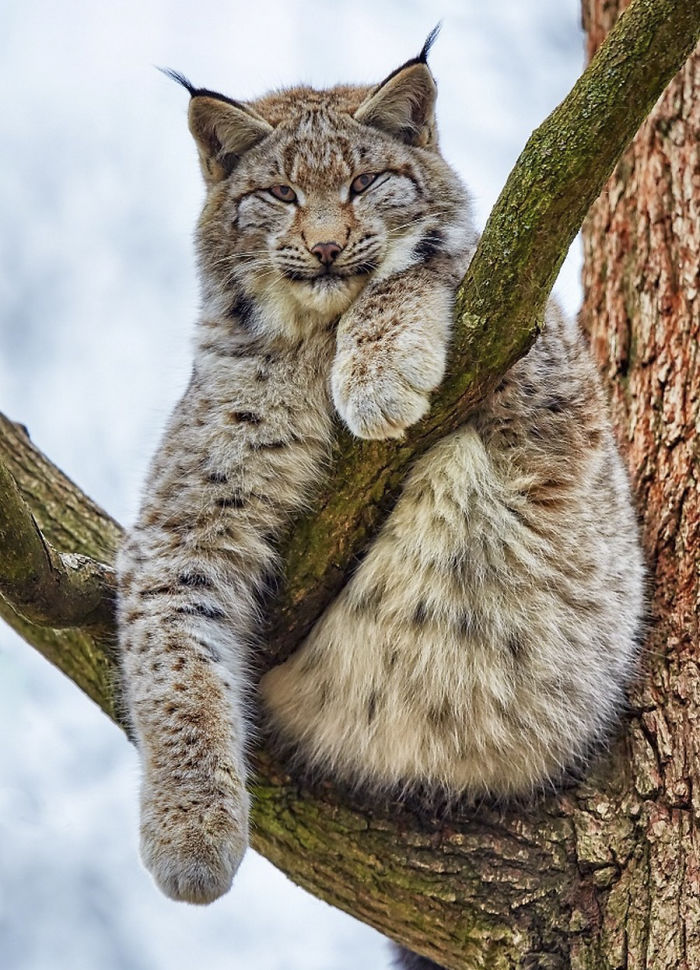
The Canada lynx is an expert at nocturnal hunting, thanks to their large eyes and sharp hearing. Despite not being able to run at high speeds, they compensate by utilizing cunning strategies when capturing their prey. One of their common tactics involves locating a concealed spot and patiently waiting for their target to approach before launching an attack. In some cases, they remain motionless for hours until an opportunity presents itself for them to pounce and secure a meal. Image credits: Unknown.
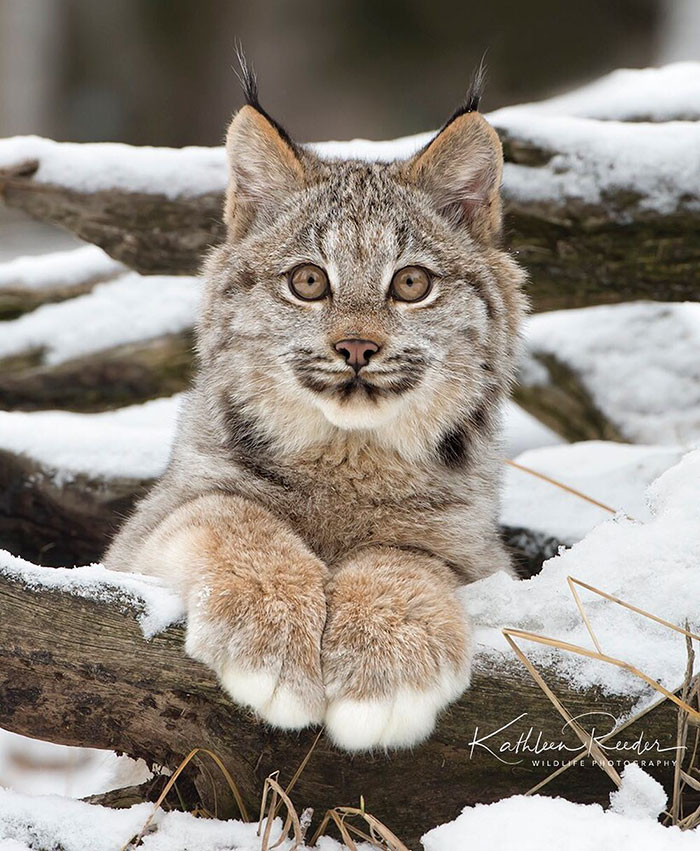
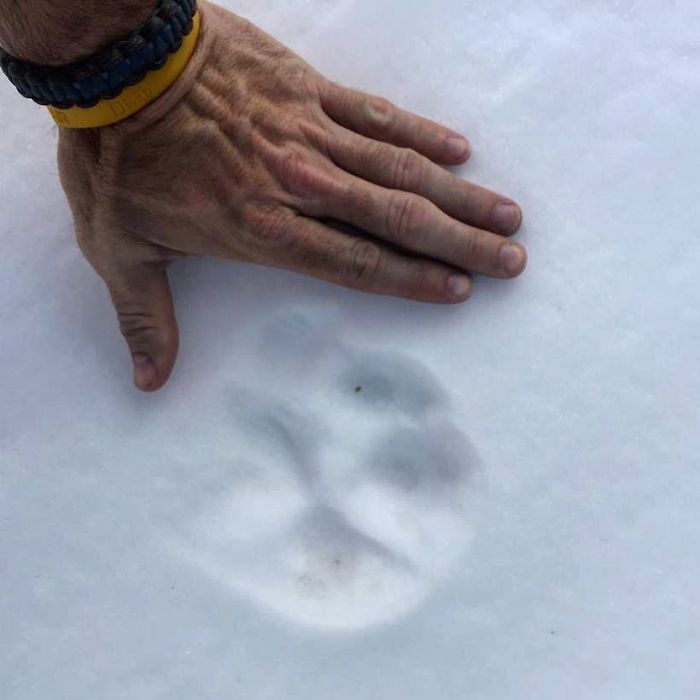
Tracy Munson, a photographer whose focus is on Canada, shared her experience of capturing an image of the elusive Canada Lynx. She revealed that she has never had the opportunity to encounter a lynx in its natural habitat. However, the lynx in her photograph was a resident of a Wildlife Rehab Centre in Ontario. Sadly, the lynx was declawed as a kitten, rendering it incapable of surviving in the wild. Tracy likened photographing the lynx to taking pictures of a large and irate housecat.
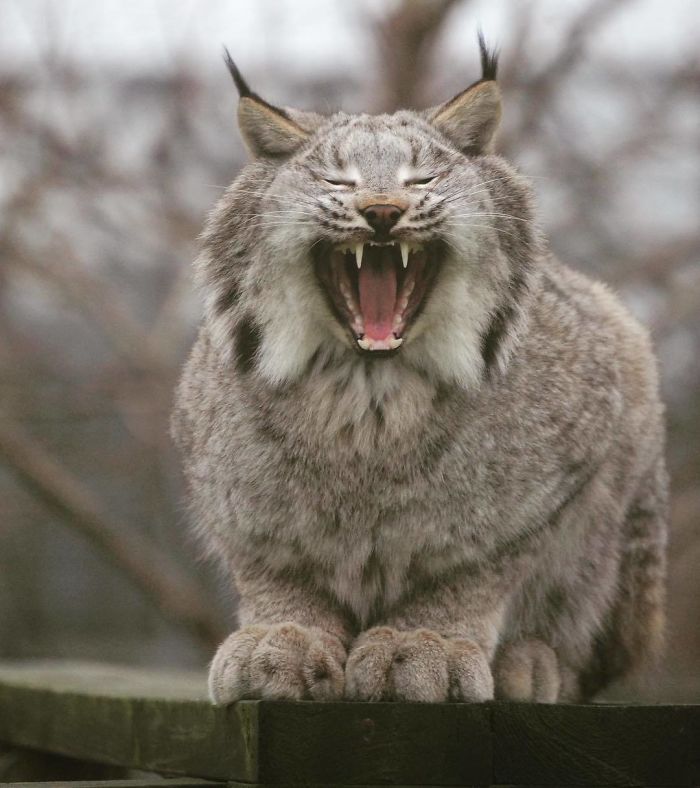
The credits for the image go to kayleehewett.
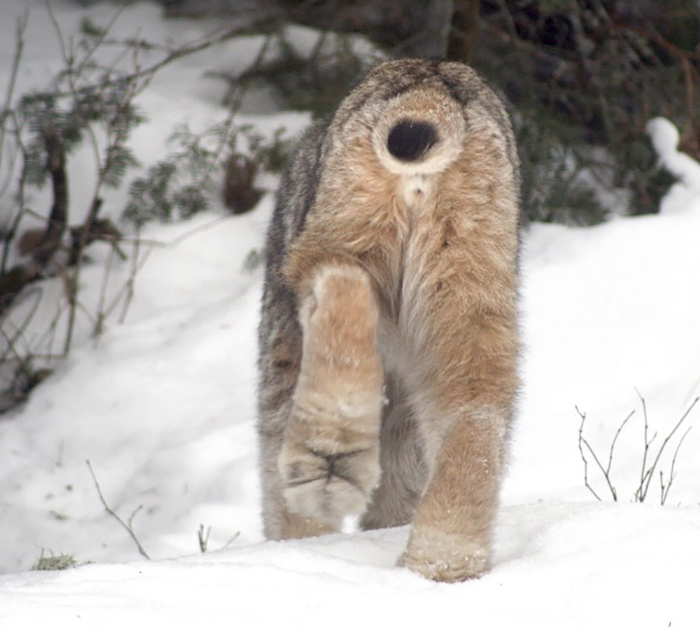
The winner of Photographic Artist of the Year from the Professional Photographers of Canada Atlantic Region, Munson, gave some tips on how to approach lynx. These magnificent creatures are quite elusive and shy in the wild, so it is rare to come across them. If you’re lucky enough to spot one, it is best to keep a safe distance and use a long telephoto lens. As with all wildlife, it’s important to move as little as possible and be silent to avoid scaring them away. Lynx tend to reside in heavily wooded areas where they can hide easily. Winter is a better time to see them since there are no leaves on trees, providing less coverage for the lynx.
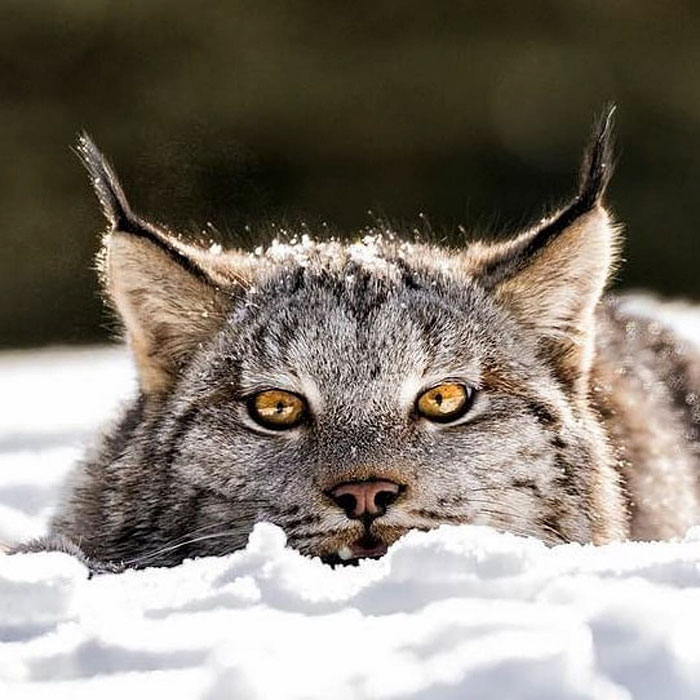
We need to rephrase the content that we have been given to avoid plagiarism. Here is my attempt:
To avoid plagiarism, we must reword the given content in our own words. Let me try to rephrase it for you:
Credit goes to alaska_daily for the image used.

The credits for the image go to outdoor.planet.
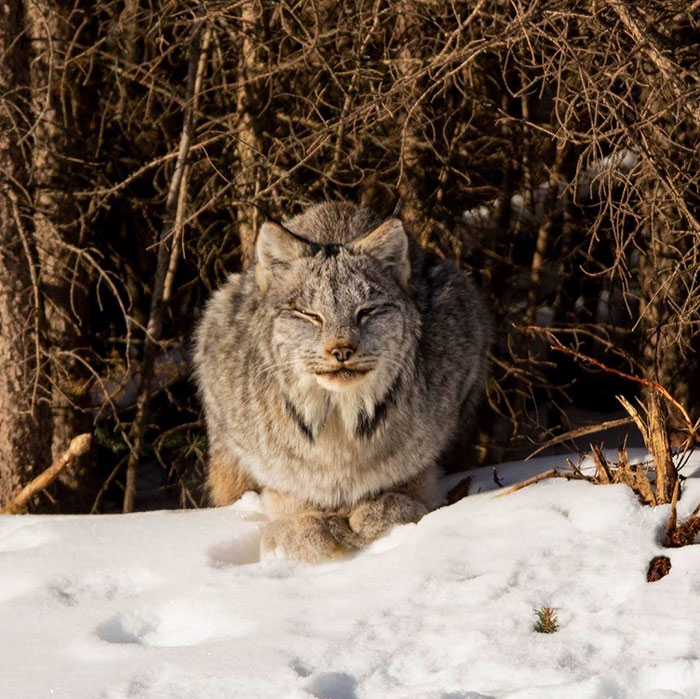
Rewritten:
Photo credits go to canadianshieldphotography.
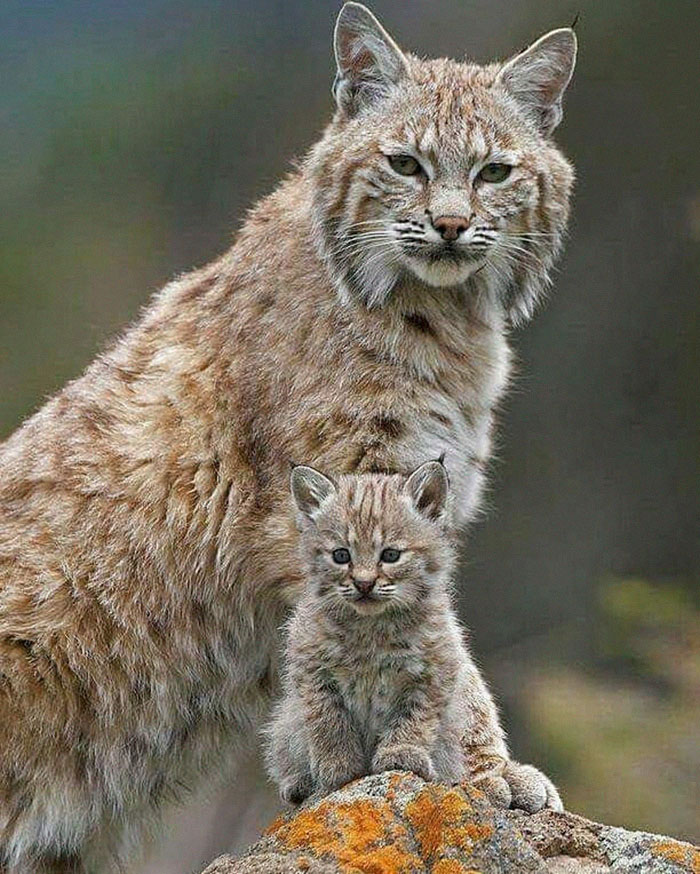
The credit for the image goes to bigcatswildlife.
